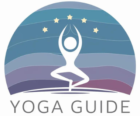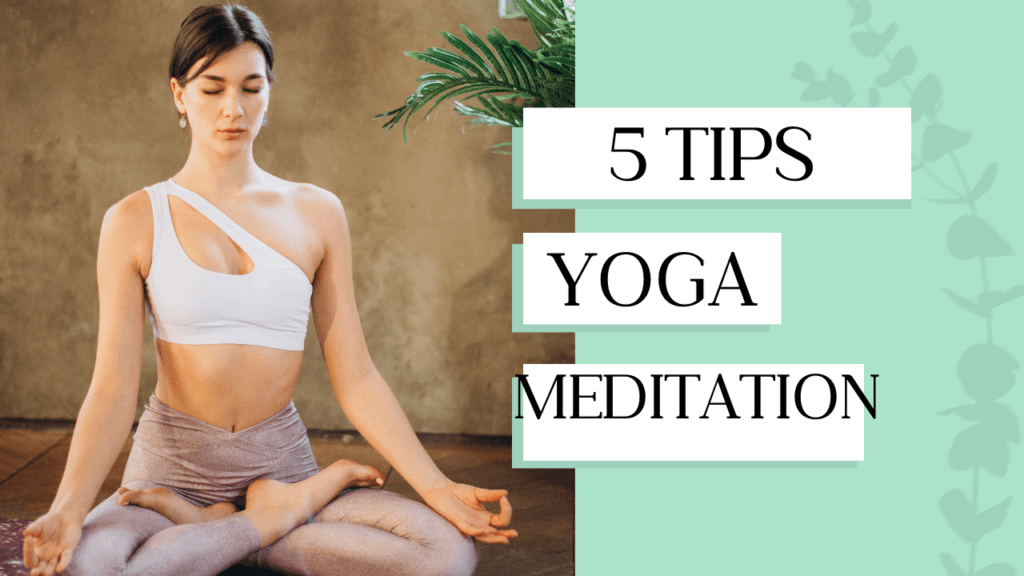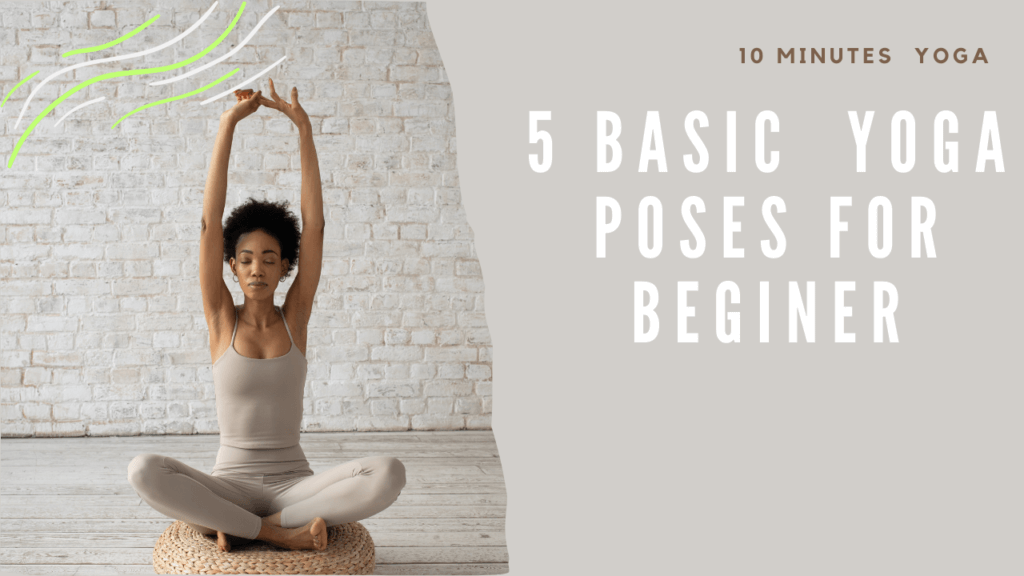Introduction
Breathing exercises have many physical and mental health benefits. You can use breathing exercises to feel calm.
If you have heart disease, are caring for someone you care for, or are worried about developing heart problems in the future, it is normal to feel stressed.
Breathing activities can be a strong method for dealing with that pressure.
3 Breathing exercises
1. Box breathing
2. 4-7-8 breathing technique
3. Alternate nostril breathing
Read More : 7 AMAZING BENEFITS OF YOGA BREATH EXERCISES FOR BEGINNERS
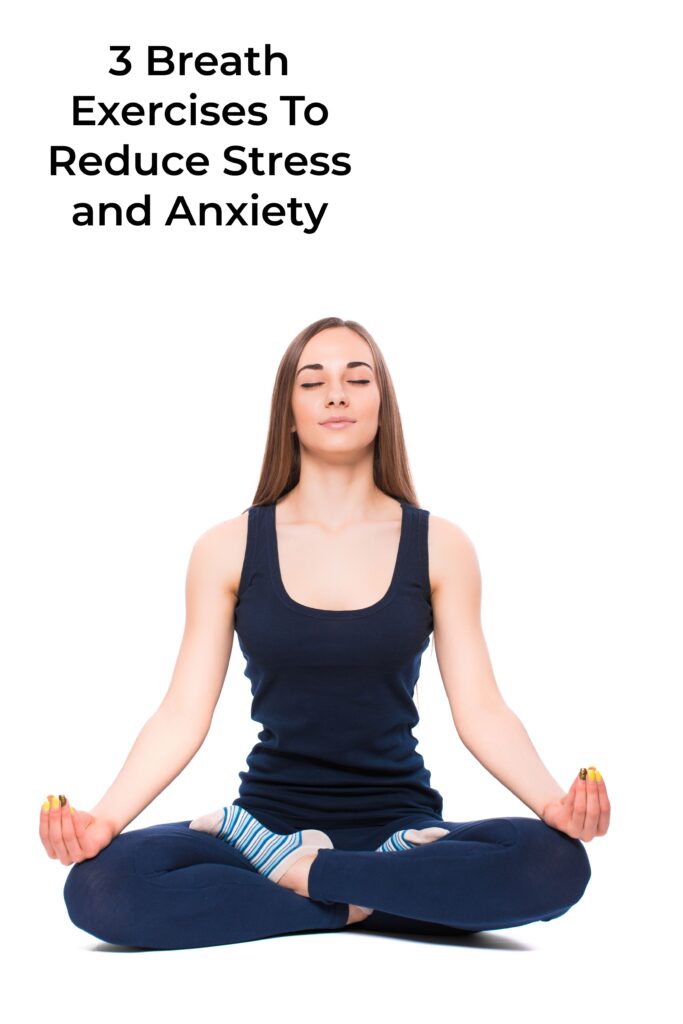
How can deep breathing help with stress?
Researchers suggest that regular deep breathing can help you relax. And so we can deal with stress. Stress is your body’s response to real or imagined danger.
Your body prepares you to take emergency action as it releases the stressful contact. Otherwise known as the ‘fight-or-flight’ response. During the ‘fight-or-flight’ response you may feel overwhelmed, angry or scared.
At that time, your heart beats in your muscles and your breathing starts to speed up.
When you feel stressed, it is normal for your breathing to become faster and shallower. If you
Using the muscles under your ribs to gently take deep breaths can help you relax.
This type of deep breathing is called ‘diaphragmatic breathing’. These help your body and mind to calm down from the battle of the name.
Read More: 5 EASY TIPS TO YOGA MEDITATION
Benefits of breathing exercises
Deep breathing helps to reduce stress. Deep breathing can help you relax. Exercise can help you in stressful situations. For example, if you’re feeling stressed before a doctor’s appointment, try the three Khush City exercises below.
If you are stressed, you may experience symptoms or take deep breaths to relax while worrying about negative thoughts.
Deep breathing slows down your heart rate. When your body is under stress, your heart rate and blood pressure increase. Over time this causes stress on the heart. When you’re stressed, deep breathing exercises to relax your body can help keep your heart rate and blood pressure from rising.
Sometimes a pounding heart or even heart palpitations can be a sign of a serious illness rather than stress. Your heart may be racing or you may feel dizzy or you may also have trouble breathing
In such cases, you ought to quickly counsel a specialist.
Deep breathing exercises help you sleep better
Sleep is essential for heart health and your health as well. In our fast-paced lives, many find it difficult to relax and sleep. In turn, lack of sleep helps reduce stress, fatigue and low mood.
A 2004 study suggested that deep breathing as part of a regular yoga practice
This is linked to your high levels of melatonin. This hormone helps us to relax and sleep well. If you struggle with insomnia, take deep breaths at or around bedtime so that this can be a soothing passage into deep restorative sleep.
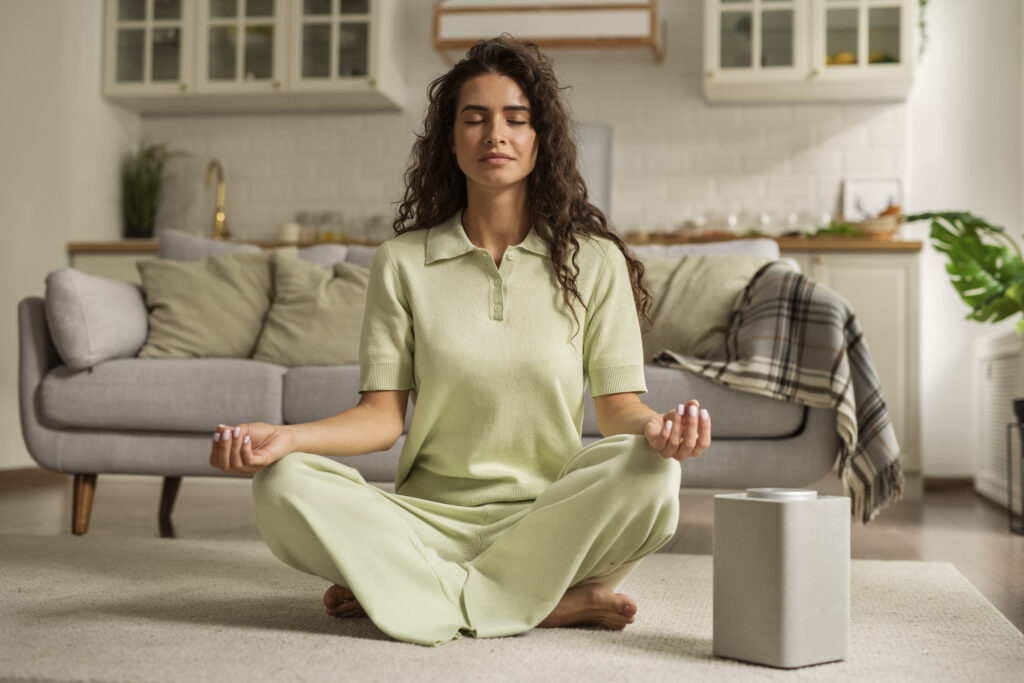
3 Deep breathing exercises
Whatever your motivation, the beauty of deep breathing exercises is that they are so simple that you can do them anywhere, anytime. And free too.You simply have to make sure to relax.
Breathe gently into each basic deep breath and include it as fully as possible so that your belly expands with each breath.
There are also specific deep breathing exercises to help maximize the benefits of this type of breathing. These incorporate ‘box breathing’, ‘4-7-8 breathing’ and ‘substitute nostril relaxing”. It is described below.
As you learn what works for you, you can use other breathing techniques or create your own.
If you are new to deep breathing exercise techniques, start with achievable goals.
For example: You can do this deep breathing exercise for a few minutes before bed for a week. And find a quiet comfortable world where you won’t be bothered without seeing how they feel.
Is deep breathing safe?
Yes, deep breathing is perfectly safe for most people.
- If you have heart problems or a serious medical condition, or are pregnant, consult a doctor before trying deep breathing.
2. If you experience symptoms such as fainting, shortness of breath, or dizziness during deep breathing exercises, you should stop the exercises immediately and seek medical attention.
1. Box breathing
This is known as a simple deep breathing technique. The reason this exercise is named so is because the four steps of this exercise form a box shape.
To begin the practice of box breathing, sit or straighten your back, or lie with your arms by your side. Choose the position that is comfortable for you.
1.You can close your eyes if you feel fit.
2. Take a moment to relax your shoulders and release any tension in your jaw as your body settles down.
3.From the count of four, if you want, place it on your stomach and feel it expand like a balloon.
After inhaling, hold the breath for four counts.
4.Count to four again mentally while exhaling slowly and steadily through your mouth.
5. After exhaling, hold your breath for a count of four again.
6.Go to step one and complete this action as many times as you want.
2. 4-7-8 breathing technique
This technique is based on Pranayama, an ancient yogic breathing technique. Although the 4-7-8 breath has not been scientifically researched, people say that it helps to deal with stress and help you fall asleep faster.
Sit comfortably to begin the 4-7-8 breathing exercise, or lie down if you are doing the Hawai to help you sleep.
Throughout the sessions, keep your tongue slowly resting on the roof of your mouth, behind your upper front teeth.
For this follow the steps below
1. Inhale quietly through the nose for a count of 5.
2. After inhaling, hold your breath for a count of 7.
3. Make a loud exhalation sound through your mouth for a count of eight and touching your lips can make it easier.
4. Go back to step one and repeat the above four rounds three more times.
If you are a beginner, it is normal if you feel a little lightheaded at first. Initially you should practice four to five at a time. And once you get used to exercising regularly, you can easily do it eight to ten times.
3. Alternate nostril breathing
Alternate nostril breathing like 4-7-8 breathing is based on yogic breathing techniques. This does not mean that you need to do yoga. Alternate nostril breathing can be a practice in itself. A research shows that if you do regular nostril breathing for 30 minutes a day, your stress levels decrease. Other researchers suggest that it helps slow your heart rate, lower blood pressure, promote feelings of well-being, and even improve lung function.
To begin alternate nostril breathing, sit comfortably or sit on a chair with your back straight.
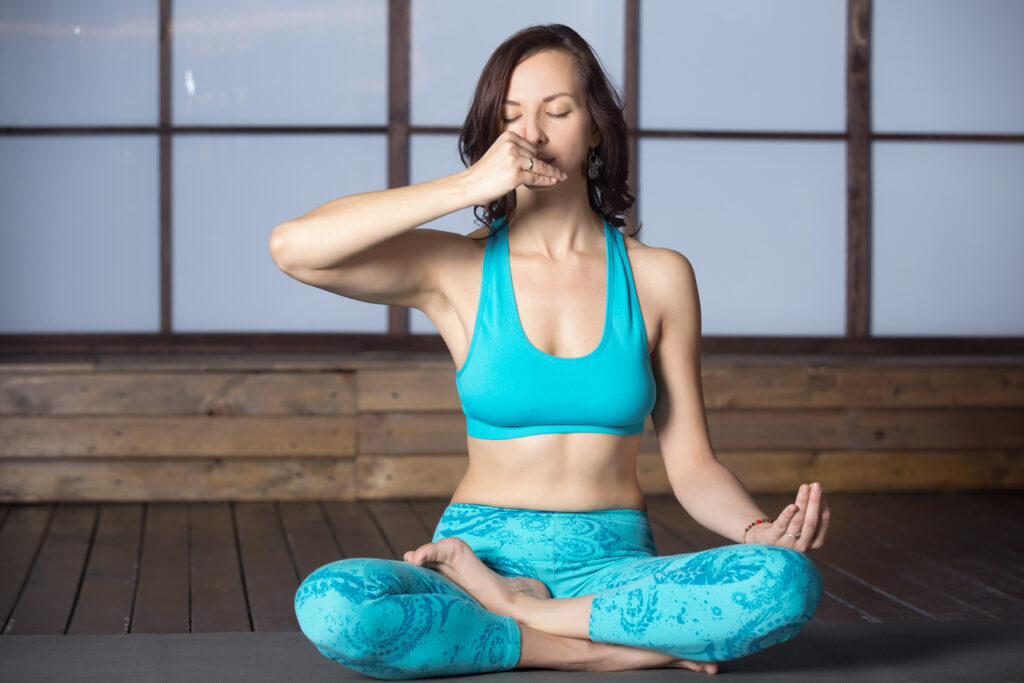
And follow the below steps.
1.Using the right thumb, gently press to close your right nostril.
2.Breathe in slowly and deeply through your right nostril.
3.Close the left nostril with your little finger while releasing your right thumb from your right nostril. Also, breathe in delicately through the right nostril.
4.Close your left nostril and inhale through your right nostril. Then close this nostril and open the left nostril and inhale.
5.Go back to the first step and repeat this process as many times as you want.
Time for breathing exercises
- During a busy day at work, you have to remember a lot of things. What about children, chores, and other responsibilities.
- The beauty of breathing exercises is that they can be done in very short periods of time. Even just taking a one-minute break is something to consider going to a quiet space and doing breathing exercises.
- Only this time can help you reset the day. And can change your mood by helping your body calm down.
